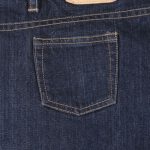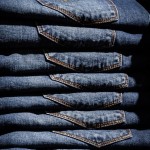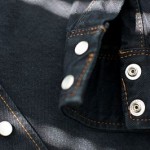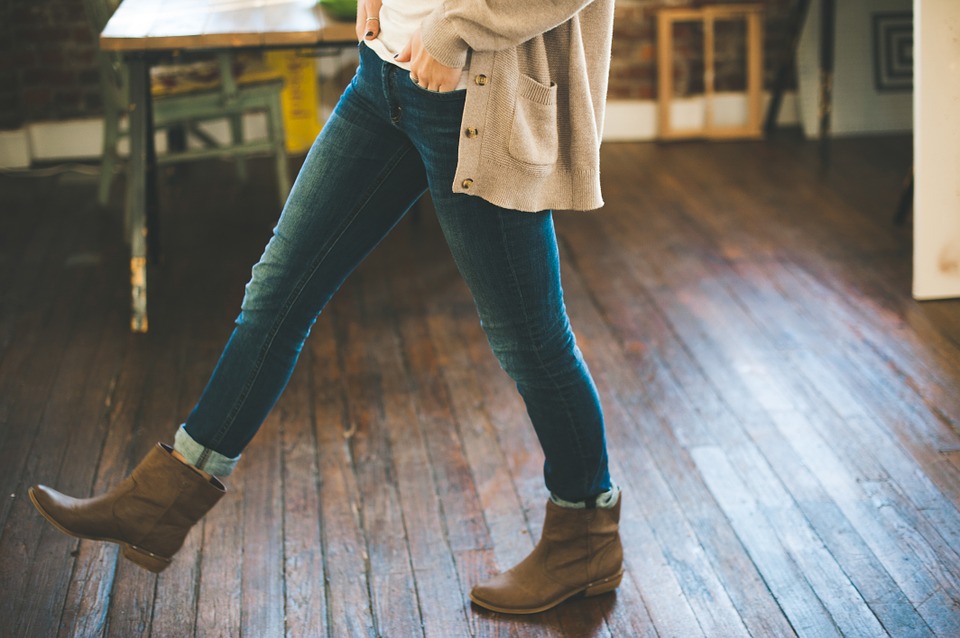
by MakeYourOwnJeans | denims, jeans |
With 2015 officially over, we can finally look back to reflect on the fashion trends that occurred. From the resurgence of denim to the rise of consignment shops, there were several notable trends, some of which we’re going to discuss today. Consignment Shops As noted by LuxuryDaily, many consignment shops experienced a huge increase in traffic throughout 2015. Consignment shops differ from thrift shops in the sense that they only accept name-brand, gently worn/used items. Therefore, consumers can reap the benefits of scoring great apparel at a fraction of its retail cost. The only downside to using a consignment shop is that some of the garments may be damaged or defective. Although rare, damaged garments still end up for sale from time to time. Denim Of course, denim also made strong gains in 2015, with retailers reporting more denim garments sold when compared to 2014. Why is everyone eager to purchase denim again? According to Kimmie Smith, this trend is attributed to the vast array of new cuts and washes. No longer are consumers forced to choose a single style of jeans. Now they can choose from boot-cut, skinny, slim-fit, high-waisted, faded, indigo wash and more. “Denim has elevated from a common man staple to one that is the very basis within our wardrobe,” said Kimmie Smith, co-founder/creative director of Accessory2, New York. “The fact that there is a focus on cut, washes, premium and more makes it an intricate apparel category that allows brands to place their signature fingerprint within the premium and luxury tiers.” Tulle Skirts Tulle has long been associated with ballerina dresses, yet tulle skirts were...
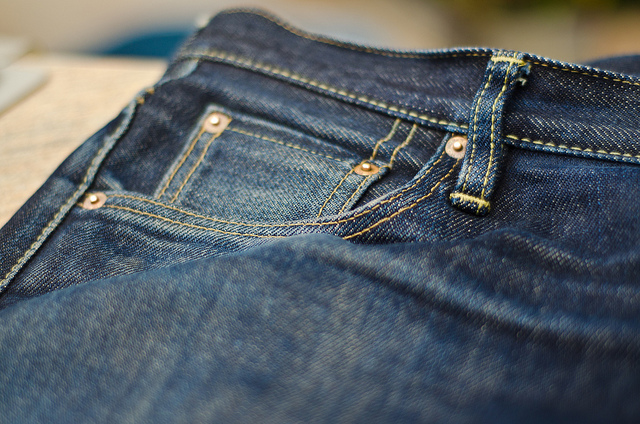
by MakeYourOwnJeans | denims, Fashion |
Contrary to popular belief, you shouldn’t wash denim jeans after each use. Some people are stuck in the mindset of washing their jeans everyday, assuming it keeps them clean and protected from damage. In reality, though, washing your jeans after each use will only further degrade the fabric, increasing the risk of damage. So instead of cleaning your jeans in the washing machine, it’s recommended that you spot clean them. What is Spot Cleaning? The term “spot cleaning” refers to cleaning fabric (which in this case is jeans) by selectively cleaning only the dirty areas. If there’s a noticeable stain on the knees of your jeans, for instance, you could spot clean them with washcloth. The most obvious benefit in spot cleaning as opposed to machine washing is that it cleans dirty areas without exposing garments to the wear and tear of a washing machine. Furthermore, you can spot clean dirty areas on the fly with just a few basic items. This makes it an attractive choice for people who are always on the go and don’t have time to machine wash their clothes. Spot Cleaning Denim: What You’ll Need To spot clean denim jeans, you’ll need a few basic items. This includes a clean washcloth, color-protected laundry detergent, and some water. There are dozens of stain removing products on the market, but good ol’ fashioned laundry detergent seems to work just as well — and it won’t cause color bleeding or other damage, assuming it’s used correctly. How to Spot Clean Denim When you are ready to spot clean your jeans, place them on a flat, smooth surface,...
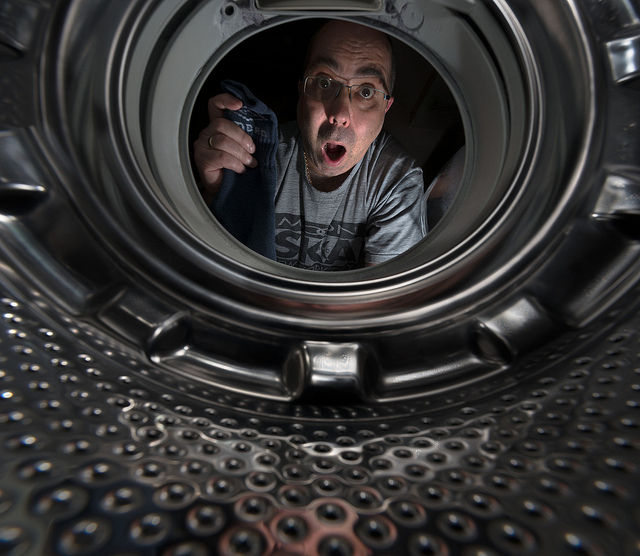
by MakeYourOwnJeans | denims, Fashion, jeans |
We’ve all been there before: you accidentally wash your favorite pair of pants on the hottest setting possible, causing them to shrink down a size. Instead of having the “perfect” fit, they are now tight, constricting and downright uncomfortable to wear. The good news is that denim is naturally resistant to shrinking. Denim is incredibly strong and resilient to shape changes, which is one of the reasons why jeans have become the world’s most popular style of pants among both men and women. The bad news, however, is that certain types of denim, such as those made with a combination of denim and other fabrics, may still shrink to some degree when exposed to excessively hot temperatures. In the event that you accidentally shrink your jeans, you can usually unshrink them by following a few basic steps. First and foremost, fill your bathtub with lukewarm (not hot) water and place a small amount of baby shampoo inside. Next, press your jeans down into the soapy water, keeping them submerged for at least 20-25 minutes. After this time has passed, remove the jeans and squeeze the excess water out. Take your damp jeans and place them flat on a clean, dry towel. Now roll up the towel (and the jeans) into a cylinder shape. The purpose of this is to remove additional moisture without drying them completely. Go ahead and unroll the towel/jeans and re-roll. Do this three or four times and the majority of the moisture should be eliminated. After unrolling the towel and jeans for the last time, keep the jeans laid out flat on the towel and...
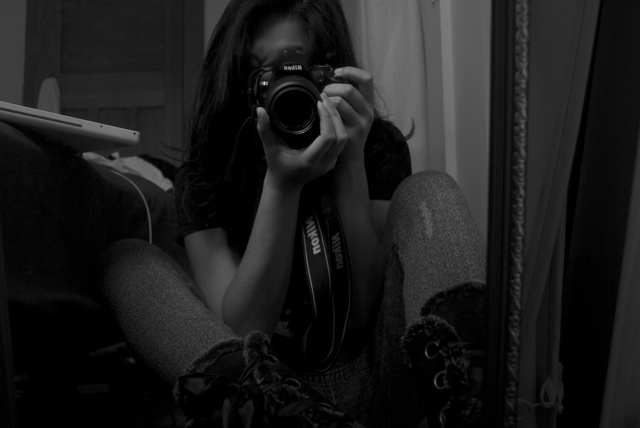
by MakeYourOwnJeans | denims, Fashion |
Many women prefer to tuck the bottom of their jeans inside their boots. It’s a fun alternative to the traditional style in which jeans are worn over boots. If you are wearing a bold pair of boots and want to show them off to the world, for instance, you may want to tuck your jeans inside them. Doing so will emphasize your boots, making them more visible. But how exactly are you supposed to squeeze the bottom of your jeans into an already tight-fitting pair of boots? Choose the Right Jeans Of course, the secret to tucking jeans inside boots relies heavily on the “cut” of the jeans. If the bottom portion of your jeans are too wide and/or baggy, you’ll naturally have a hard time trying to tuck them inside your boots. On the other hand, a pair of jeans with a slim and narrow leg that doesn’t taper open at the bottom will be far easier to tuck inside boots. For this reason, it’s recommended that you choose either straight-leg or skinny jeans, both of which are better suited for this type of style. Jeans First, Then Boots Assuming you are wearing skinny or straight-leg jeans, you should have little-to-no problem tucking the bottom inside boots. Just remember to put your jeans on first, and then your boots. If necessary, you can always undo some of your boots’ laces so they’ll fit more easily. Once your boots are over your jeans, you can re-lace them back up — and now you are good to go! Socks Matter What type of socks do you plan on wearing? Conventional...

by MakeYourOwnJeans | denims, jeans |
Soaking Your Jeans in Seawater is Good for Them I’m not sure how this myth got started, but it needs to go! Sure, there are some benefits associated with washing jeans in saltwater, such as the ability to make them softer, but this doesn’t mean that it’s okay to soak your jeans in seawater. Seawater contains a countless number of microorganisms that can not only change the color of your jeans, but it can also make them unsanitary — not to mention the fact that seawater smells. For these reasons, it’s recommended that you do not soak your jeans in seawater. Your Can Clean Jeans by Freezing Them We talked about this in a previous post here on the MakeYourOwnJeans blog. In case you missed it: sticking your jeans in the freezer is not going to clean them, nor will it kill the germs. On the contrary, freezing simply renders the germs inactive for a short period of time. Once the jeans are thawed, the germs return back to life. This is yet another denim myth that we’ve debunked! All Denim is Rough One of the distinguishable characteristics of denim is its rough texture. This texture is actually beneficial because it helps protect the fabric from damage. With that said, however, it’s important to note that not all denim jeans are rough. Stretch jeans, for instance, are made with a combination of traditional denim and an elastic material like polyester or Spandex. The combination of these fabrics allows for a greater level of elasticity as well as a “softer” texture. Raw Denim is Better Raw denim, as the name...

by MakeYourOwnJeans | denims, Fashion, jeans |
Faded denim has become a popular style of jeans worn by both men and women. While some people prefer the classic look of dark indigo, others prefer the vintage look of faded denim. Rather than waiting several years for your jeans to naturally fade, you can purchase them with special fake marks. However, there are several different types of fade marks that you need to be aware of. Honeycombs Honeycomb fade marks (also known as “comb” marks) live up to their namesake by featuring honeycomb-shaped areas of fading, which are typically found behind the knees. It’s a small, subtle amount of fading that’s not overbearing. This makes it a popular choice for people who intend to wear the jeans for semi-formal purposes. Whiskers Another common type of fade mark used in denim jeans is the whisker. These marks are longer and usually spider off from one another. You’ll typically find whisker fade marks on the waist and crotch of denim jeans, although some brands use them in the thighs and knees as well. Whisker fade marks are prominent than honeycombs, so take this into account when shopping for faded denim jeans. Stacks Stack fade marks are usually created by hemming the inseam of denim jeans just a couple inches longer than the leg. This extra denim is then stacked over the shoe, forming an area that’s visibly lighter on the ankle as opposed to the rest of the pants. Train Tracks Last but not least, train tracks, which as you may have guessed looks like train tracks. The fading enhancing the selvage of denim by creating two sets of...








